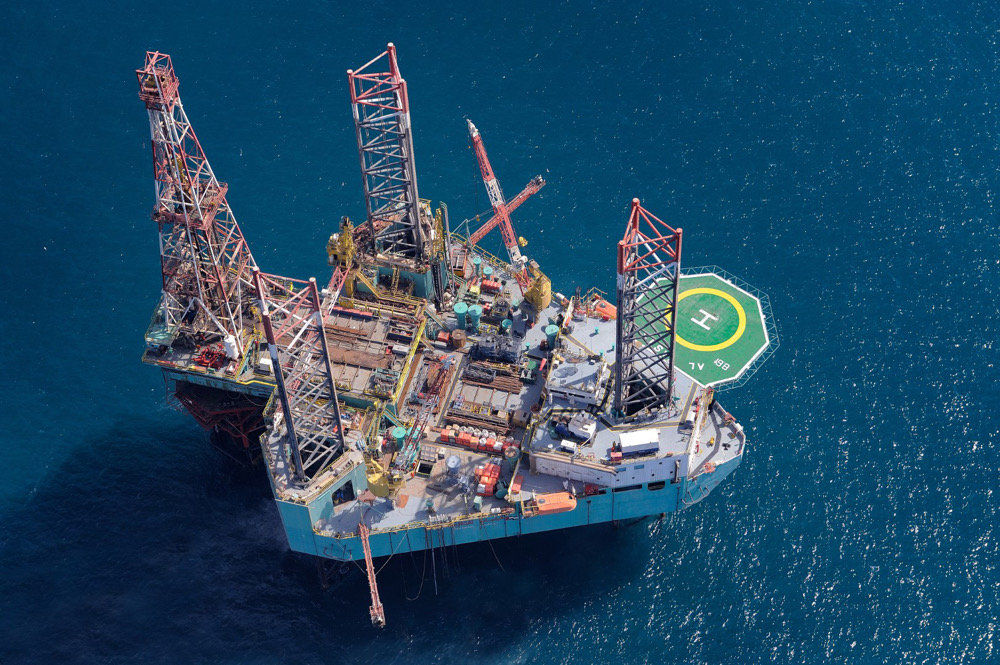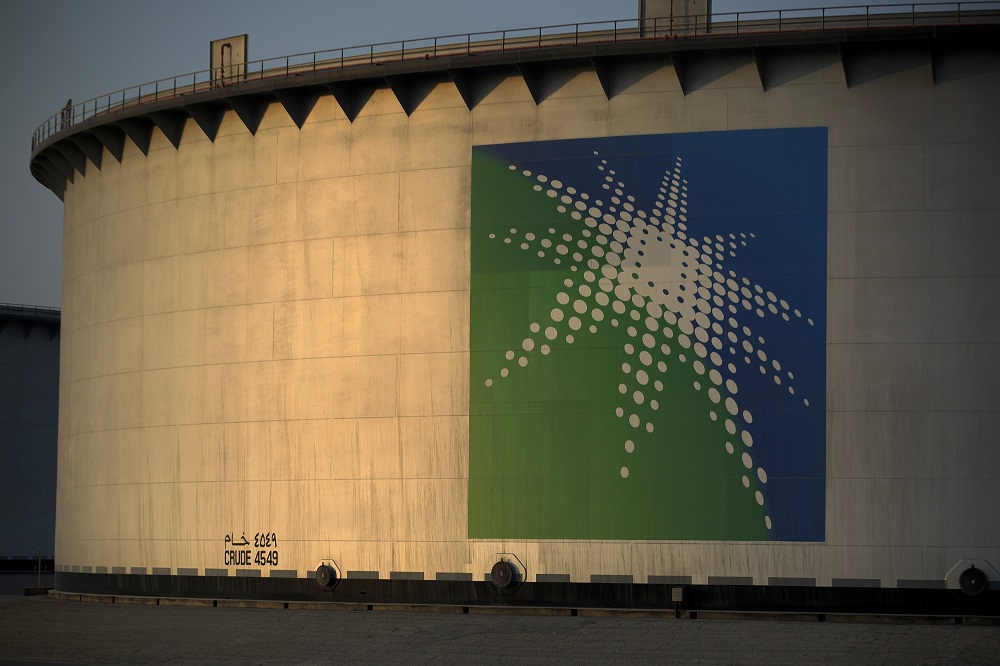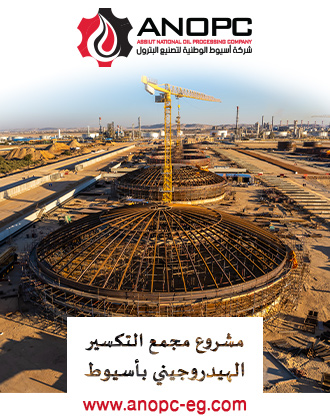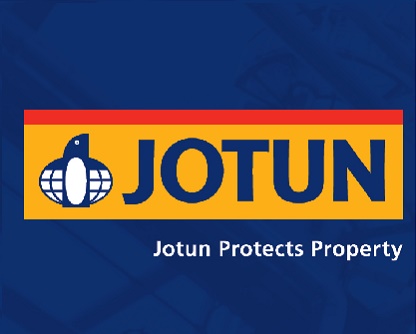International
High Risk Tanker Held In Lebanon Previously Involved In Moving Oil To Syria
Published on : 2020-10-12
.jpg)
Forbes - An oil products tanker, the Jaguar S, recently made headlines in Lebanon. Lebanese authorities have arrested at least four Lebanese individuals after discovering that the vessel had entered the country “illegally,” according to a statement issued by the Lebanese army. Some Lebanese media outlets reported that the actual destination of the Jaguar S, which was carrying gasoline, was Syria. Although it remains unclear who ordered the shipment and whether it was indeed bound for Damascus, TankerTrackers.com, an independent online service that tracks shipments and storage of crude oil, has been able to determine that the Jaguar S was at the Syrian Baniyas anchorage in June 2020, indicating it has been previously involved in the transport of oil to Syria.
The Jaguar S in Syria
The Panamanian-flagged Jaguar S has masked its journeys in the past by switching off its Automatic Identification System (AIS), a tactic employed by vessels to obfuscate their activities. However, by backtracking its voyage to Baniyas in June and using satellite imagery and AIS data, TankerTrackers.com learned that the vessel had picked up gasoline at the Romano port in Albania on May 15 before it sailed to Croatia to fuel its engines. Following the pit stop, it sailed south to the anchorage of Mersin in Turkey. The vessel’s behavior in Mersin reveals it was awaiting instructions to head to the Baniyas anchorage on June 4. The vessel went dark afterwards and kept its AIS signal switched off for 10 days while it was in Syria. “The AIS trajectory lines indicated she went to Baniyas,” said Samir Madani, co-founder of TankerTrackers.com. Satellite imagery obtained from Planet Labs shows the tanker in Syrian waters on June 13, 2020.
Satellite imagery by Planet Labs shows the JaguarS (in black box) off Baniyas in Syria on June 13, 2020.
The Jaguar S would not be the first vessel involved in clandestine transport of oil to Syria. Several Iranian tankers have shipped oil from Iran to Syria since Washington reinstated sanctions on Tehran in 2018. Among the latest vessels that transported Iranian crude oil to Syria was the Iranian Aframax tanker Sahra (IMO 9105906). On October 2, the Sahra was in Baniyas laden with around 630,000 barrels of Iranian crude, according to TankerTrackers.com.
Satellite imagery by Planet Labs shows the Iranian tanker Sahra (in black box) at the Baniyas anchorage in Syria (October 6).
Sanctions Beget Schemes to Circumvent Sanctions
Syria has been under western sanctions since 2011. On June 17, amid a worsening economic crisis in Syria, Washington tightened its restrictions on Damascus through the Caesar Syria Civilian Protection Act.
The latest round of sanctions reverberated in neighboring Lebanon, home to Hezbollah, an armed and political group that has been fighting alongside government forces in Syria. On June 16, Hezbollah’s Secretary-General Hassan Nasrallah slammed the Caesar Act, saying it “targets Lebanon in the same way it targets Syria.”
Lebanon is currently facing an unprecedented financial crisis that has only been worsened by COVID-19 and the deadly August 4 explosion at the port of Beirut. Citizens throughout the country have been grappling with soaring food prices and inadequate government services, and, as of recent, an ongoing fuel crisis as well.
Since June, some political figures have claimed that the fuel shortages in Lebanon were due to a lack of shipments. However, vessel tracking data continues to show that oil tankers are heading towards Lebanon. Looking at gasoil and diesel imports, data from Kpler, a data intelligence firm, shows that Lebanon imported an average of 72,000 bpd during the first nine months of 2020, representing a nine percent increase compared to the same period last year.
Local sources have blamed traders for smuggling supplies to Syria and hoarding oil products for sale for a higher profit. Although recent smuggling incidents could not be independently verified for this article, some observers believe that US sanctions could increase these operations. “Tightening sanctions on Syria (through the Caesar Act) means there is more incentive to go through Lebanon,” said Jihad Yazigi, editor-in-chief of The Syria Report.
The Jaguar S in Lebanon
The Jaguar S appeared in Lebanese waters amid allegations that tank trucks were smuggling oil overland from Lebanon to Syria. Additionally, the Jaguar S was signaling for the Zahrani terminal, which was the target of investigations by Lebanese authorities in August following reports of severe shortages in southern Lebanon. The Zahrani oil installations import fuel oil, gasoil, and gasoline 92 octane, all of which are stored before being distributed locally through private agents.
On October 3, the general directorate of petroleum said it had “no knowledge” of the Jaguar S off Zahrani, adding that the relevant authorities were investigating the vessel. Later, on October 6, the Lebanese army said in a statement that four Lebanese individuals, identified only by their initials, were arrested for involvement in “illegally” ordering the Jaguar S to the Lebanese port of Zahrani.
The Jaguar S arrived in Lebanon from Crete, Greece, where it did not enter a port or terminal area, according to vessel tracking data from FleetMon. Prior to sailing to Greece, the Jaguar S was in Turkey. When the vessel left Greece on September 23, it was signaling for Lebanon, according to FleetMon, and it later changed its destination to “Zahrani terminal” on September 25, but only after it had entered the port area.
A review of its records reveals that the Jaguar S has a problematic history. In addition to historical data showing a visit to Syria in June 2020, the International Maritime Risk Rating Agency (IMRRA) rates the tanker “red” for risk, signifying that it is a high-risk vessel. According to Wayne Hurley, head of Business Development at IMRRA, the possible factors that usually lead to rating a vessel as red for risk include potential illicit activity in known high-risk areas, unsatisfactory Port State Control (PSC) history (such as deficiencies), crew competency, and detentions. According to a PSC report posted on the Equasis online shipping database, the Jaguar S was detained on April 17, 2019 at the Greek port of Kali Limenes following an inspection that revealed 25 deficiencies. Furthermore, there is little, if any, information on the vessel’s manager, the Istanbul-based Dry Denizcilik Ve Gemi Islet, and its registered owner Jaguar Shipping Ltd.
“Shipping is notorious for hiding the true vessel ownership,” said Hurley. “Large or small companies that operate safer vessels are usually transparent, resulting in a lower risk rating. “‘Dead-ends’ are usually associated with illegal activities,” he added.
The Jaguar S, which remains anchored in Lebanon, is the second notorious vessel since August that has drawn attention to Lebanese ports. The first was the Rhosus (IMO 8630344), a general cargo ship in total loss since February 2018, which has been linked to the August 4 explosion at the port of Beirut. Two months after the blast, which left over 200 people dead and thousands injured, decades-long mismanagement and lax regulations continue to paralyze the country.







